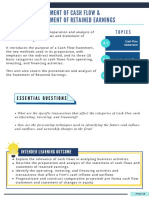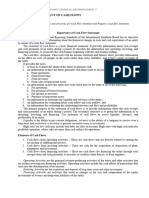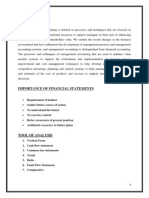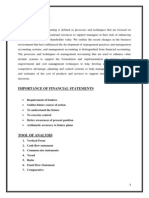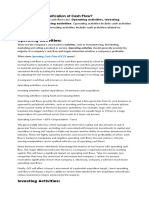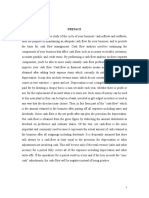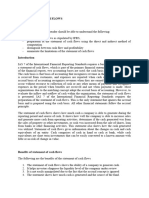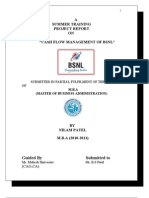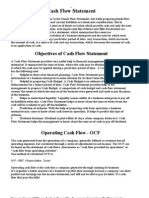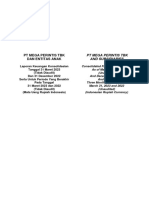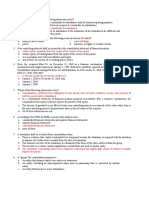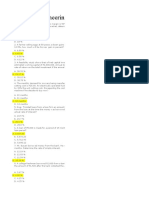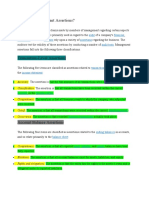0% found this document useful (0 votes)
32 views8 pagesCash Flow Statement
The cash flow statement is a key financial document that tracks cash movements in and out of a business, providing insights into liquidity and operational efficiency. It is divided into three main sections: operating activities, investing activities, and financing activities, each reflecting different aspects of business operations. The statement is crucial for stakeholders, including management, investors, and creditors, to assess a company's financial health and make informed decisions.
Uploaded by
vaasvi.amar17Copyright
© © All Rights Reserved
We take content rights seriously. If you suspect this is your content, claim it here.
Available Formats
Download as DOCX, PDF, TXT or read online on Scribd
0% found this document useful (0 votes)
32 views8 pagesCash Flow Statement
The cash flow statement is a key financial document that tracks cash movements in and out of a business, providing insights into liquidity and operational efficiency. It is divided into three main sections: operating activities, investing activities, and financing activities, each reflecting different aspects of business operations. The statement is crucial for stakeholders, including management, investors, and creditors, to assess a company's financial health and make informed decisions.
Uploaded by
vaasvi.amar17Copyright
© © All Rights Reserved
We take content rights seriously. If you suspect this is your content, claim it here.
Available Formats
Download as DOCX, PDF, TXT or read online on Scribd
/ 8









